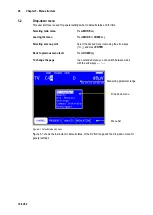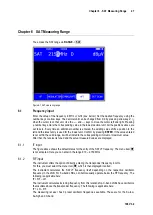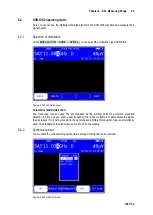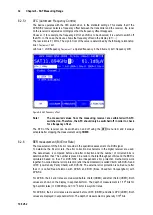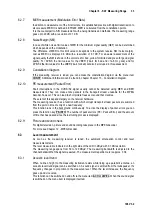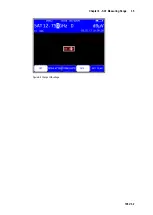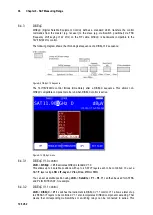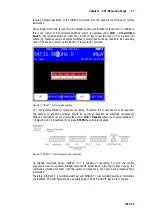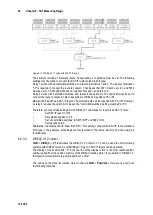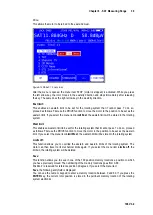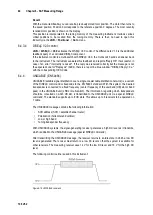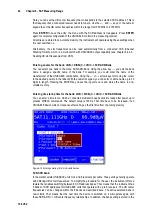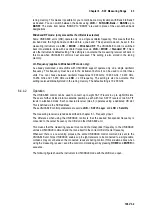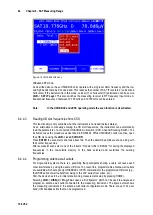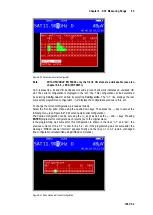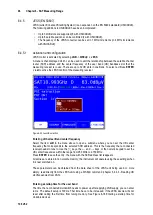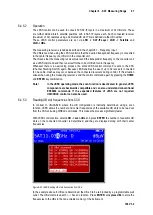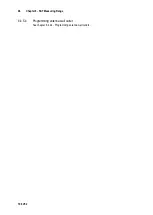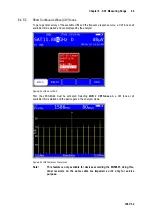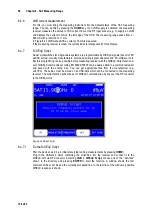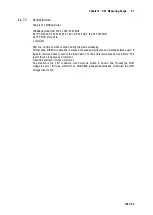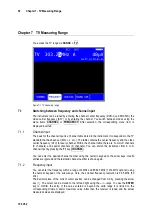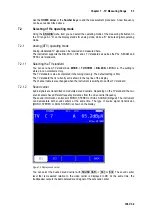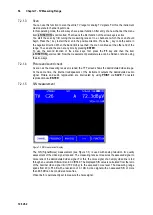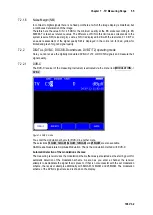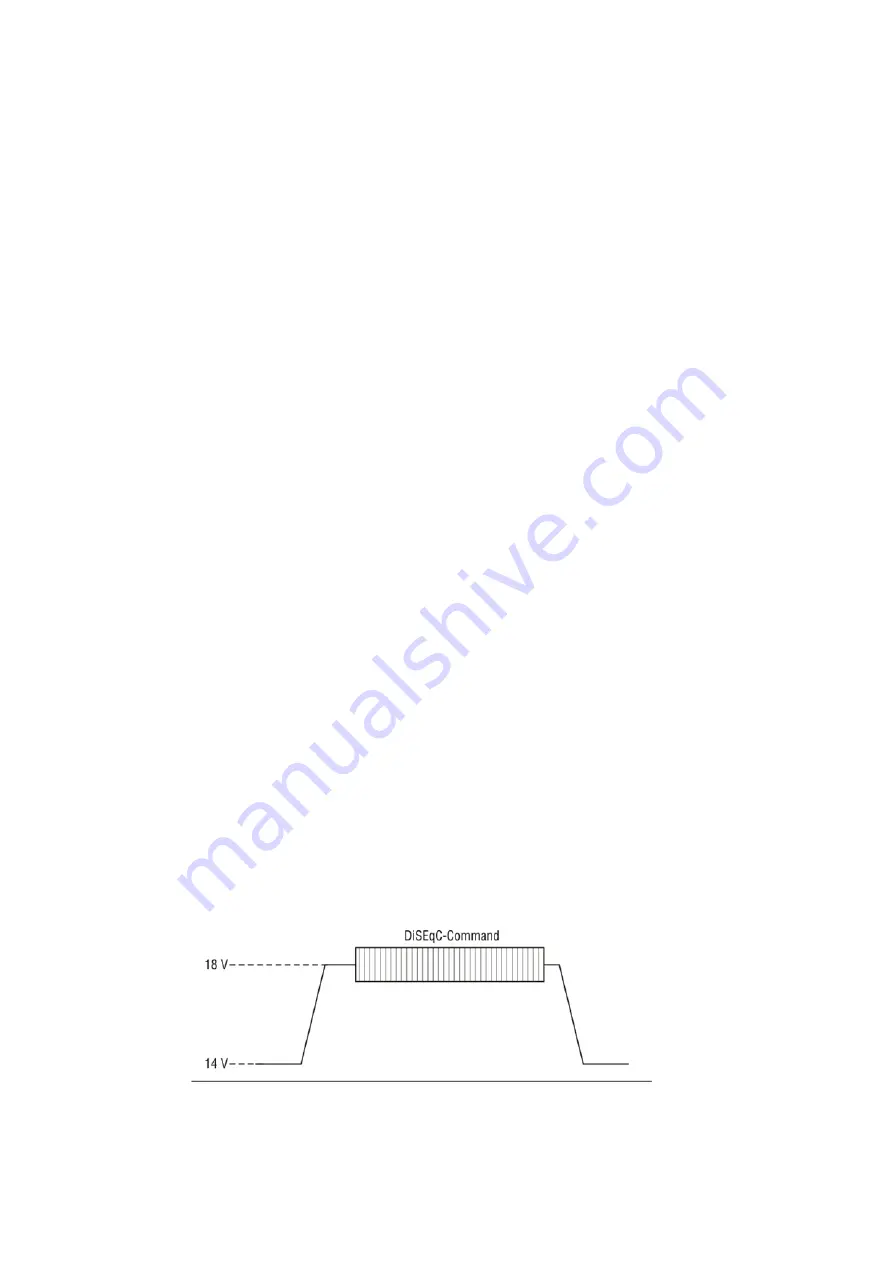
40
Chapter 6 - SAT Measuring Range
106 V3.2
Recall:
With the menu item
Go to
, you can recall a previously stored rotor position. The motor then turns to
the saved position. Position 0 corresponds to the reference position 0 degrees. The most recently
recalled motor position is shown on the display.
This position is incorporated in the tuning memory of the measuring instrument. It allows various
orbital positions to be recalled from the tuning memory. There is then no need to open this
indirectly via the
LNB
->
Positioner
->
Go to
menu.
6.4.3.4
DiSEqC V2.0 control
LNB
->
DiSEqC
->
V2.0
activates the DiSEqC V2.0 control. The difference to V1.0 is the additional
feedback query of a controlled DiSEqC component.
If the instrument controls a multi-switch with DiSEqC V2.0, the multi-switch sends an answer back
to the instrument. The instrument evaluates this feedback and reports “Reply OK” if successful, in
case of an error "incorrectly received". If the reply was received correctly but the message is not
the expected code for "Replay ok" (0xE4), there is a report in a blue window: "DiSEqC Reply = 0x.."
with the corresponding HEX-Code.
UNICABLE (EN 50494)
6.4.4
UNICABLE (satellite signal distribution over a single coaxial cable distribution network) is a variant
of the DiSEqC control and corresponds to the EN 50494 standard. With this system, the desired
transponder is converted to a fixed frequency (center frequency of the userband (UB) slot or band
pass) in the UNICABLE unit (LNB or multi-switch). The information, regarding which transponders
should be converted on which UB slot, is transmitted to the UNICABLE unit via a special DiSEqC
command. The standard supports up to 8 UB slots. This allows up to 8 receivers to be operated on
1 cable.
The UNICABLE message contains the following information:
•
SCR address (SCR = satellite channel router)
•
Polarization (horizontal and vertical)
•
Low or high band
•
Tuning transponder frequency
With UNICABLE systems, the signal-generating receiver generates a high DC level as it transmits,
which is added to the UNICABLE message (special DiSEqC command).
After transmitting the UNICABLE message, the receiver returns to an idle state in which a low DC
level is generated. The receiver must return to a low DC level so that the system is available for
other receivers. The measuring receiver uses 14 V for the low DC level and 18 V for the high DC
level.
The following control routine is used in this instrument:
Figure 6-15 UNICABLE command

